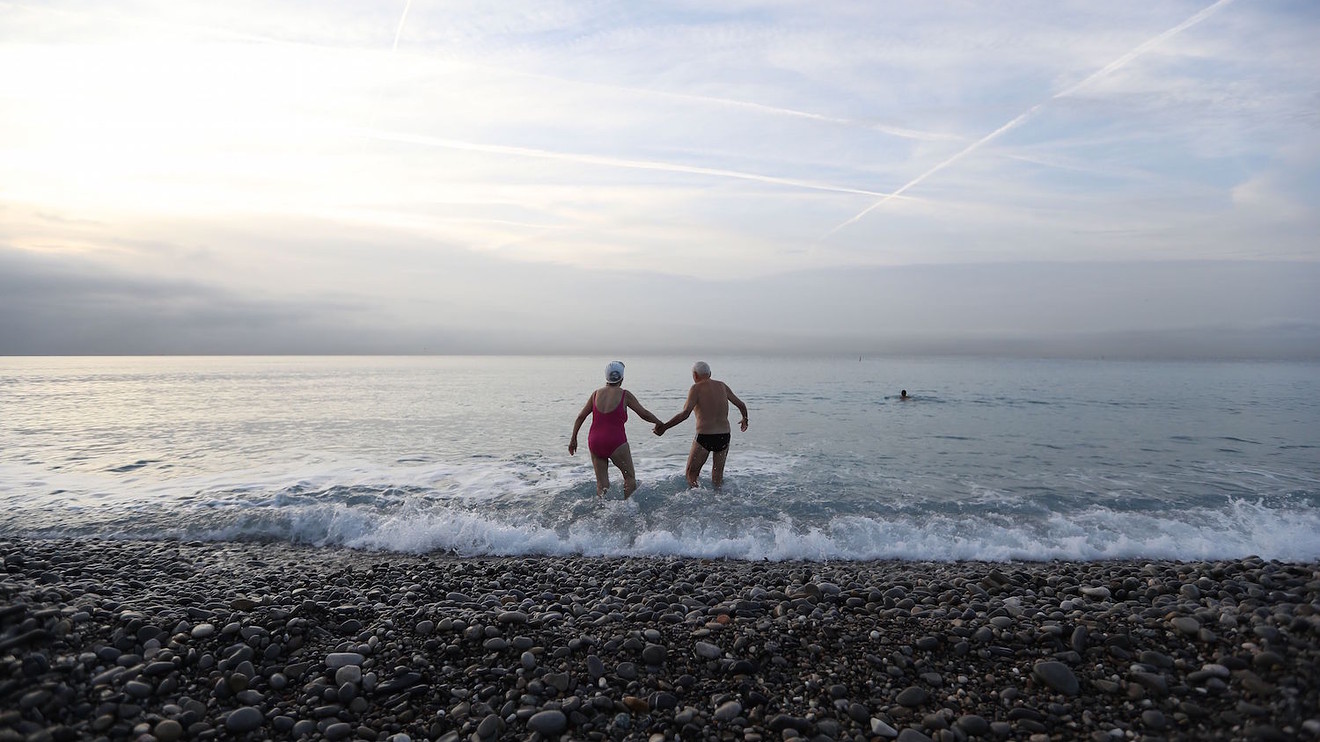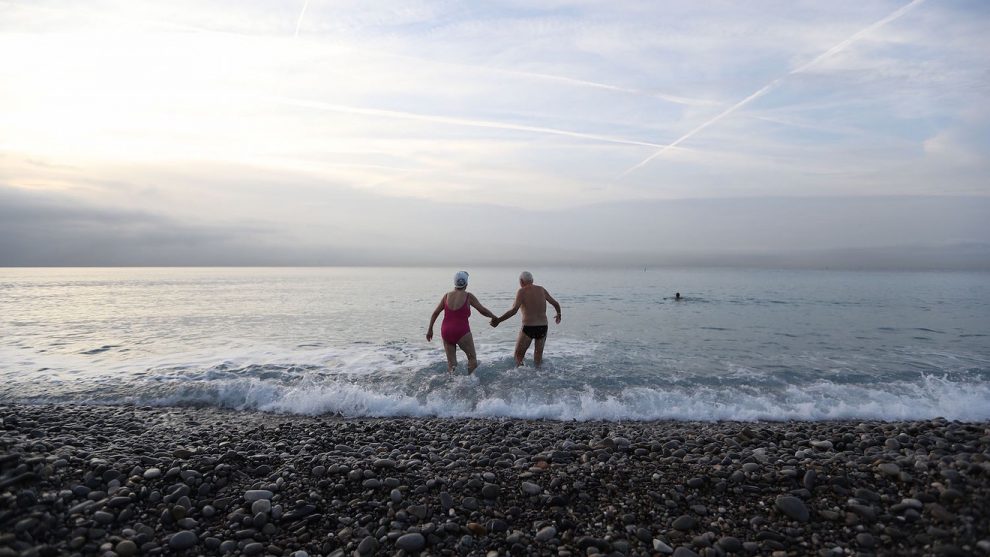
Thinking of retiring but not sure where to live? Now that you don’t have to live close to your work, and your kids and grandkids don’t need or want you around all the time, where would you choose?
You’ve probably checked out the many articles, books, and websites describing sunny, warm, safe, and affordable places to live with world-class medical facilities. Let me know when you find this utopia; I’ll take the condo next door.
To make this search even more complicated, there are number of other things to look out for in your search for a place to retire. Of course, climate, safety, cost of living, and access to quality and affordable medical care are among the most important criteria. But there are others.
As a travel writer, I have visited many places around the world. I’m not looking for a place to retire, but when I visit a city or town I like, I often engage in a little thought experiment and ask myself, “What would it be like to live here?” My checklist includes: climate; safety; cost of living; access to medical facilities; physical activity; cultural attractions; international transportation; English is widely spoken, and enough tourists to amplify the other factors. Here’s why these qualities are so important, and so valuable once you find them:
1. Access to physical activity: One of the most important considerations is a location that will help you stay healthy and happy. And the key to staying healthy and happy is to be physically and psychologically active.
Therefore, one of the most important qualities you should look for in a potential retirement destination is easy access to physical activity — especially activity that is fun and moderately challenging. Interesting places to walk are often the best option. For example, promenades, parks, boardwalks, and waterfronts offer opportunities for exercise, as well as scenic views and excellent people watching.
Walking is not just good exercise. There may come a time when you can no longer drive, so living in a walkable neighborhood with restaurants, markets, movie theaters, and shops can provide convenient access to valued services and help retirees avoid social isolation.
The gym is my primary source of exercise, but to introduce some variety into my routine I sometimes take a long walk on the beach, the boardwalk, or the main shopping street in my Southern California neighborhood. I also use the 22-mile bike path that runs along the beach and occasionally take a dip in the ocean. So for those of you who prefer pedaling, swimming, or paddling to walking for your exercise, places to ride your bike or swim, surf, or kayak should be a top priority.
2. Access to cultural attractions: On a similar note, easy access to cultural attractions is important to keep you mentally and psychologically engaged. Of course, big cities offer an abundance of cultural attractions, but for many the cost of living in a large city might render this a less than viable option. The alternative is to move to a city or town with a college or university offering strong programs in the liberal arts. Most colleges and universities feature concerts, plays, lectures, and art exhibitions that are open to the public. Many also offer seniors the opportunity to audit or enroll in programs and courses for a reasonable fee.
Frankly, despite the bellowing, screeching, and other forms of obnoxious post-adolescent behavior that often goes along with proximity to college students, being exposed to youth can be a good thing, if for no other reason than to remind you of one of the few advantages of growing old.
Read: 6 reasons a college town is the perfect place to retire
3. English is widely spoken: Finding a new and less-expensive place to live in retirement may mean moving to a foreign country. Unless you are one of those lucky people who can quickly pick up a passable proficiency in a foreign language, you should look for a destination where English is widely spoken.That might mean a location where there is a significant population of American or British expatriates. If you are already at least marginally proficient in another language, such as Spanish or French, your options increase dramatically.
4. Transportation with international connections: One of the disadvantages of moving to another city, especially if it’s in a foreign country, is losing touch with friends and family. For grandparents this can be a particularly daunting barrier to relocating to an otherwise attractive destination. If that is the case, retirees should make sure that their new home is close to an airport with good international connections. You want to make sure that you can get “home” for emergencies, to maintain connections with family and friends, and to attend special events.
Airports with direct connections to international destinations are usually only found near major cities, where the cost of living might be prohibitive. My recommendation is to look for a town that is only one flight away from a major international airport.
5. Tourists: This last recommendation may seem counter-intuitive; look for a destination that is popular but not overwhelmed with tourists. There is usually a good reason why a town or city attracts tourists, such as access to cultural attractions and physical activity.
Tourist destinations also have a well-developed infrastructure to support tourism. For example, English is more likely to be spoken in a tourist destination than in a remote village that rarely sees foreign visitors; sophisticated medical facilities are easier to find in destinations that attract tourists, especially those who can afford to travel to distant lands; and the range of restaurants and cultural attractions will be wider in a destination that draws visitors from a variety of different countries.
So, it is not the presence of tourists that is important, but what their presence might suggest about the other factors discussed above. Of course, you shouldn’t overlook the downside — crowding, inflated prices, and the aesthetic impact of masses of tourists wearing gaudy resort wear. Accordingly, some tourists but not too many is key.
Don Mankin, a.k.a “The Adventure Geezer,” is a travel journalist who writes about adventure travel for seniors and boomers. His most recent book is “Riding the Hulahula to the Arctic Ocean” from National Geographic Press.











Add Comment